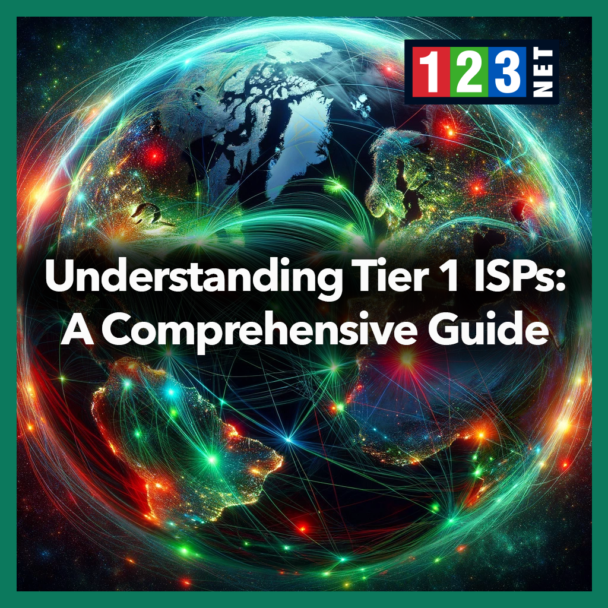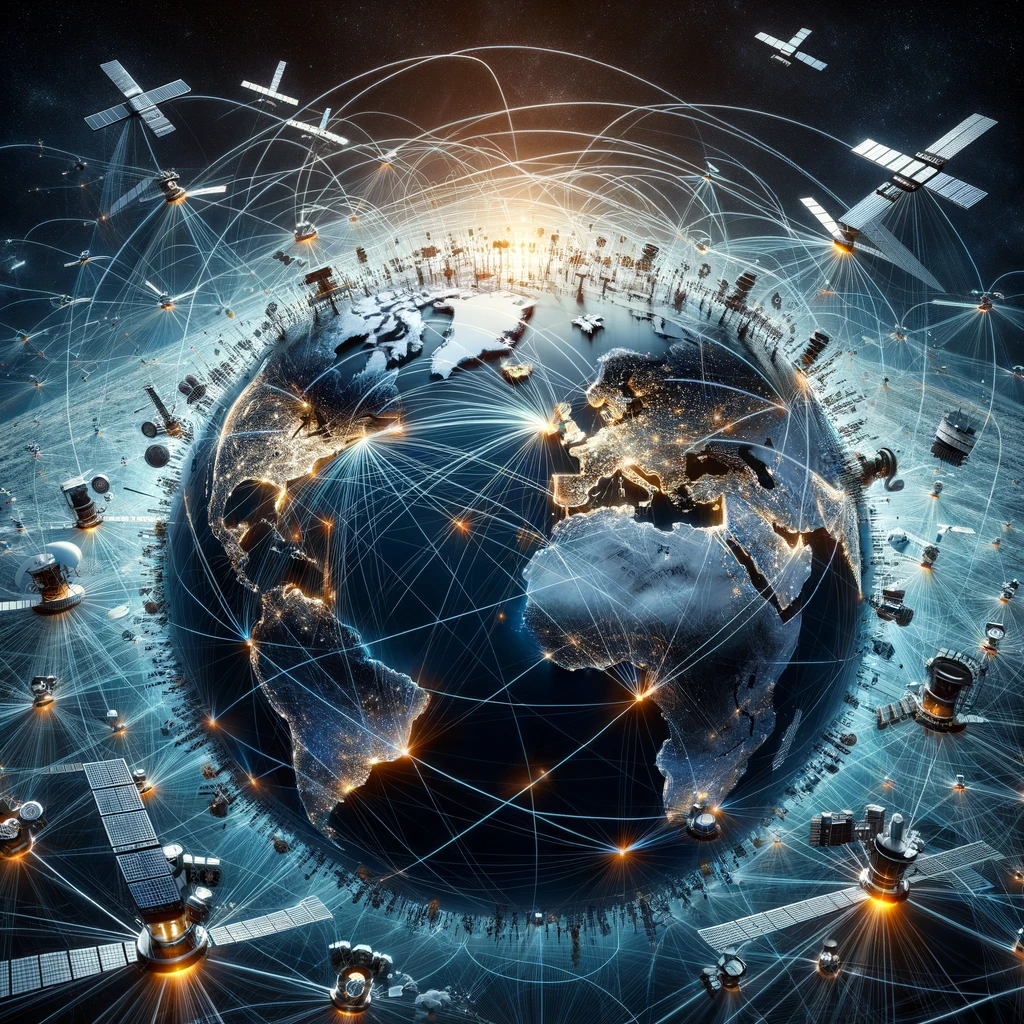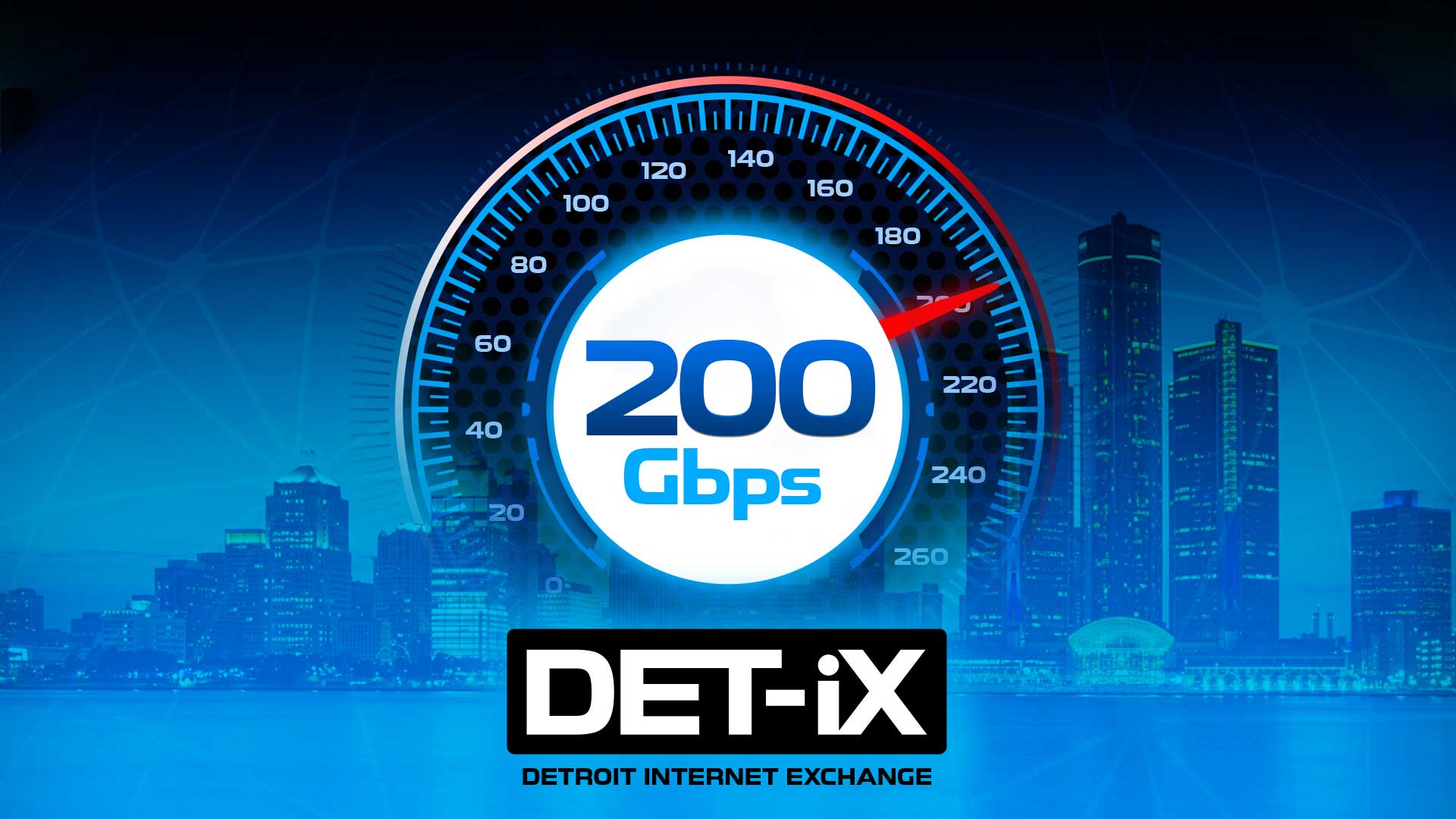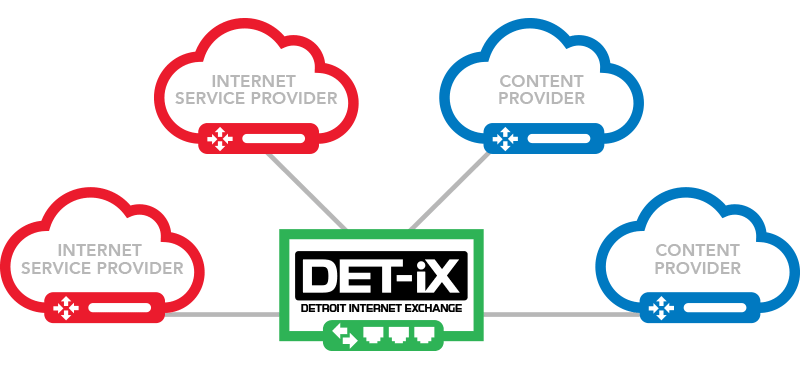
Introduction
Tier 1 Internet Service Providers (ISPs) represent the pinnacle of the internet’s hierarchy, providing a backbone that ensures global connectivity. These entities have unparalleled access to vast swathes of the internet, allowing them to send and receive traffic without paying transit fees to other ISPs. This unique position enables them to form the core of the internet’s infrastructure, acting as primary channels through which data travels across continents and oceans. Their role is pivotal in maintaining the seamless flow of information, making them indispensable players in the digital ecosystem.
The Evolution of Tier 1 ISPs
The origins of Tier 1 Internet Service Providers (ISPs) trace back to the dawn of the internet era, stemming from the foundational networks that constructed the original global internet backbone. Initially, the internet served primarily as a platform for research and academia, but it rapidly transformed into a commercial and global force. This transformation propelled Tier 1 ISPs to expand their infrastructures significantly. They achieved growth by either absorbing smaller networks or outmaneuvering them in the competitive landscape. Such expansions were critical in shaping the current state of internet access and speed, facilitating the swift flow of information across the globe. This era marked a pivotal moment in the digital age, enabling an unparalleled scale of data exchange and fostering a world that is more connected than ever.
How ISPs are Categorized: Tier 1, Tier 2, and Tier 3 Explained
Tier 1
The classification of Internet Service Providers (ISPs) into Tier 1, Tier 2, and Tier 3 categories is a critical aspect of understanding the global internet ecosystem. This classification system is primarily based on the scale and reach of an ISP’s network. As well as the nature of its peering agreements, which dictate how networks exchange traffic. At the pinnacle of this hierarchy are Tier 1 ISPs, which operate expansive global networks capable of exchanging traffic with peers without the need for financial compensation. This is made possible through mutual peering agreements that facilitate the free exchange of data. As well as underpinning the foundational infrastructure of the internet.
Tier 2
Tier 2 ISPs occupy a significant, though slightly subordinate, position within this structure. These providers typically engage in financial transactions to ensure some of their traffic reaches the broader internet. It is also relying on peering agreements with larger, more expansive networks. Their operations are crucial for extending internet accessibility beyond the core nodes provided by Tier 1 networks. It is serving as an intermediary layer that bridges the global and local internet landscapes.
Tier 3
Tier 3 ISPs, often characterized as local or regional providers, represent the most localized tier within the internet’s architecture. These ISPs purchase internet access and transit services from both Tier 1 and Tier 2 networks. It is enabling them to deliver connectivity to end-users. The financial model for Tier 3 ISPs involves paying upstream providers for the bandwidth and network access. It is necessary to connect their customers to the wider internet.
The distinct roles and operational frameworks of ISPs across these tiers are defined by several factors, including bandwidth capacity, network peering policies, and Autonomous System Numbers (ASN). ASNs are unique identifiers allocated to each ISP, facilitating their identification and interaction within the global internet infrastructure. Together, these elements delineate the ISPs’ place within the internet hierarchy, highlighting the complex, multi-layered nature of global connectivity. This stratification ensures the efficient distribution of internet services, from the backbone of the global network down to the end-users at the periphery, showcasing the interconnectedness and interdependence of the internet’s vast ecosystem.

The Business Model of Tier 1 ISPs
Tier 1 Internet Service Providers (ISPs) utilize their extensive networks to facilitate global connectivity through strategic peering agreements and transit services. These peering agreements are foundational to the operation of the internet. It is enabling Tier 1 ISPs to exchange vast amounts of data with one another without financial exchange for the traffic. This system forms the backbone of the internet, ensuring seamless data flow across borders and continents. Underpinning the digital world’s connectivity.
The economic model of Tier 1 ISPs is intricately linked to their relationships with Tier 2 and Tier 3 ISPs. By providing transit services, Tier 1 ISPs enable smaller networks to connect to the global internet. It is charging them fees based on the volume of data transmitted. This revenue stream is crucial, not only supporting the expansive operations of Tier 1 providers but also facilitating the overall accessibility of the internet.
This financial and operational model highlights the pivotal role Tier 1 ISPs play in the internet ecosystem. Their ability to maintain extensive, high-capacity networks and manage complex peering agreements is vital for the robustness and resilience of global internet connectivity. This underscores their significant influence on the structure and economics of the internet, ensuring its continued expansion and functionality.
The Global Network
The infrastructure underpinning Tier 1 Internet Service Providers (ISPs) represents a marvel of modern engineering. It is comprising an intricate and interconnected web of technology that envelops the globe. This complex network infrastructure spans every continent, anchored by a combination of undersea cables. As well as satellites in orbit, and extensive land-based fiber-optic lines. Together, these elements weave the foundational fabric of the internet backbone. It is enabling the rapid and seamless flow of information across vast distances.
Investments
Tier 1 ISPs stand at the forefront of this global network, distinguished by their significant investments in infrastructure. As well as their adeptness at forging strategic peering agreements. These agreements, essential for the mutual exchange of traffic between large networks without financial cost. They are pivotal to maintaining the internet’s overarching structure. Through these meticulously developed networks and partnerships, Tier 1 ISPs have cemented their role as indispensable pillars of global connectivity. It is ensuring the internet remains a cohesive and unified entity
Data Exchange
The pivotal role of Tier 1 ISPs extends beyond mere infrastructure; they are in the realm of international communication and data exchange. By maintaining networks that are capable of transmitting vast amounts of data at high speeds, these ISPs facilitate everything from global commerce and online education to international diplomacy and cross-border entertainment. This capability not only underscores the technical prowess of Tier 1 ISPs but also highlights their critical function in bridging geographical divides. As well as fostering global understanding, and enabling the digital economy.
In essence, the global infrastructure of Tier 1 ISPs is not just a testament to technological advancement but also a critical enabler of today’s interconnected world. Their networks serve as the backbone of the internet that is crucial for the digital age’s demands. It is ensuring that irrespective of location, individuals, businesses, and governments can communicate and transact on a global scale. Through their continued expansion and innovation, Tier 1 ISPs underpin the future growth and resilience of the internet. It is solidifying their role as foundational to the digital ecosystem.
Challenges Faced by Tier 1 ISPs
Tier 1 Internet Service Providers (ISPs), despite their pivotal role in global connectivity, are not immune to challenges. Foremost among these is the relentless pace of technological advancements. As the digital world evolves, so too does the demand for more robust and extensive networks. It has to be capable of managing the surge in data traffic. This necessitates continuous upgrades to infrastructure, a task both costly and complex. To keep pace with the exponential growth in online content, services, and the burgeoning Internet of Things (IoT) ecosystem.
Furthermore, Tier 1 ISPs operate within a maze of regulatory frameworks that span across different countries and regions. Navigating these complex legal landscapes requires not only significant legal acumen but also flexibility and adaptability. It needs to comply with diverse and often changing regulation. This regulatory pressure adds another layer of complexity to their operations.
Compounding these issues is intensified by the emergence of new technologies that threaten to upheave traditional internet connectivity models. Innovations such as decentralized networks and next-generation wireless technologies offer alternatives to conventional ISP services. This is presenting both a challenge and a call to adapt for Tier 1 ISPs. These factors collectively underscore the dynamic and challenging environment in which Tier 1 ISPs operate. Which are constantly pushing them to innovate, adapt, and evolve to maintain their dominant position in the global internet ecosystem.
The Future of Tier 1 ISPs
The landscape of internet connectivity is on the brink of transformation, driven by the new technologies like 5G. As well as the Internet of Things (IoT), and decentralized network models. These advancements are poised to significantly shift the dynamics of data transmission. With a marked increase in the demand for bandwidth capacity. For Tier 1 Internet Service Providers (ISPs), this evolution presents both a challenge and an opportunity. The proliferation of 5G technology promises unprecedented speeds and connectivity. It is enabling more devices to be online simultaneously and facilitating faster data exchange. Meanwhile, IoT’s expansion is set to multiply the volume of data coursing through networks. As billions of devices communicate and share information. Additionally, decentralized networks challenge the traditional centralized models of internet connectivity. It is proposing a more distributed approach to data transmission and processing.
To navigate these changes, Tier 1 ISPs are compelled to rethink their strategies. Future-proofing their networks will likely require substantial investments in upgrading existing infrastructures and possibly adopting new, more efficient technologies. Moreover, exploring innovative business models could become necessary to remain competitive and relevant in this evolving digital landscape. By adapting to these emerging trends, Tier 1 ISPs can ensure their continued pivotal role in supporting the internet’s infrastructure. It is facilitating the seamless flow of information across the globe, and driving the digital economy forward. This period of transition offers a unique opportunity to lead the charge in shaping the future of global connectivity. It is ensuring they remain at the forefront of technological innovation and internet service provision.
FAQs
- What makes an ISP Tier 1? A: A Tier 1 ISP is characterized by its ability to exchange internet traffic with other Tier 1 peers without paying transit fees, essentially operating at the top of the internet hierarchy.
- How do Tier 1 ISPs differ from Tier 2 and Tier 3 ISPs? A: Tier 1 ISPs do not purchase transit from any other network, whereas Tier 2 and Tier 3 ISPs rely on agreements with higher-tier ISPs for access and wider internet connectivity.
- Why are Tier 1 ISPs crucial for the internet? A: They form the backbone of the internet, ensuring global connectivity and the seamless flow of information across the world, making them indispensable for international communication and commerce.





